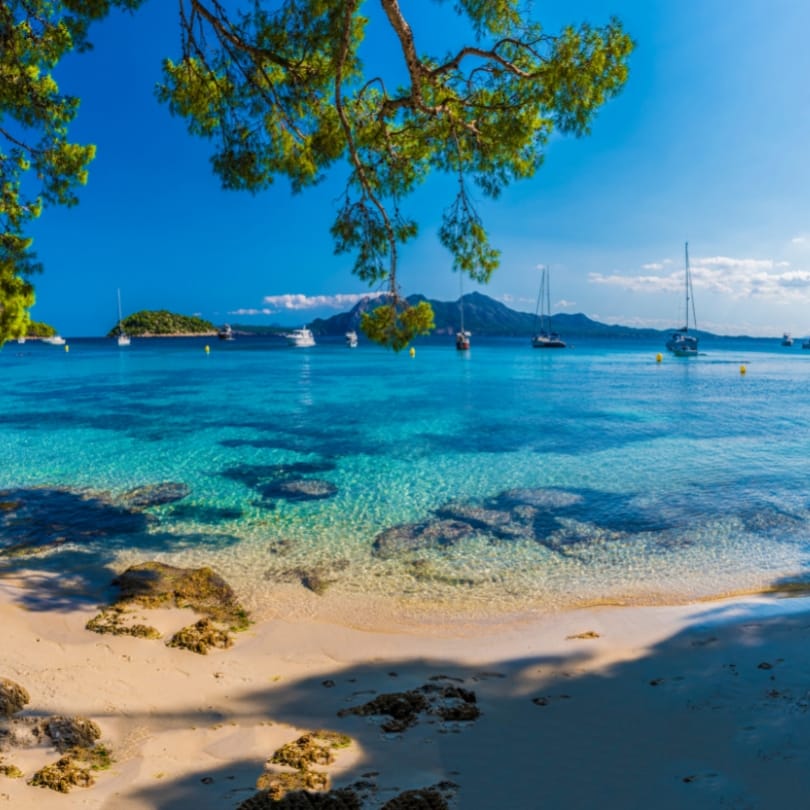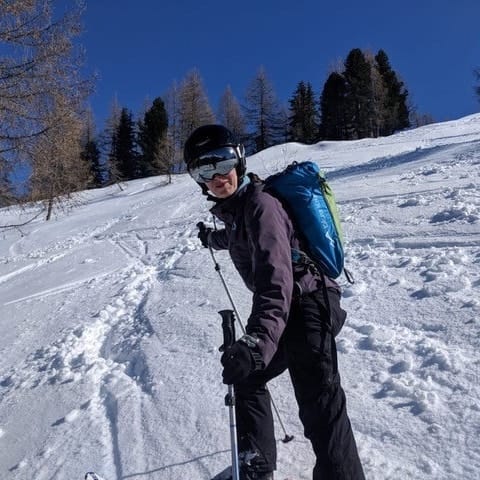Spain is a wonderfully varied country ranging from verdant, rolling hills and mountainous natural parks to flat plains and exquisite beaches.
There’s rich architecture, world-renowned food and easy-going locals, and a temperate climate year-round. No wonder it’s so popular with us Brits.
Spain is easily accessible overland from the UK – great news for those taking a flight-free year. Here’s our advice on where to go in Spain and how to get there.
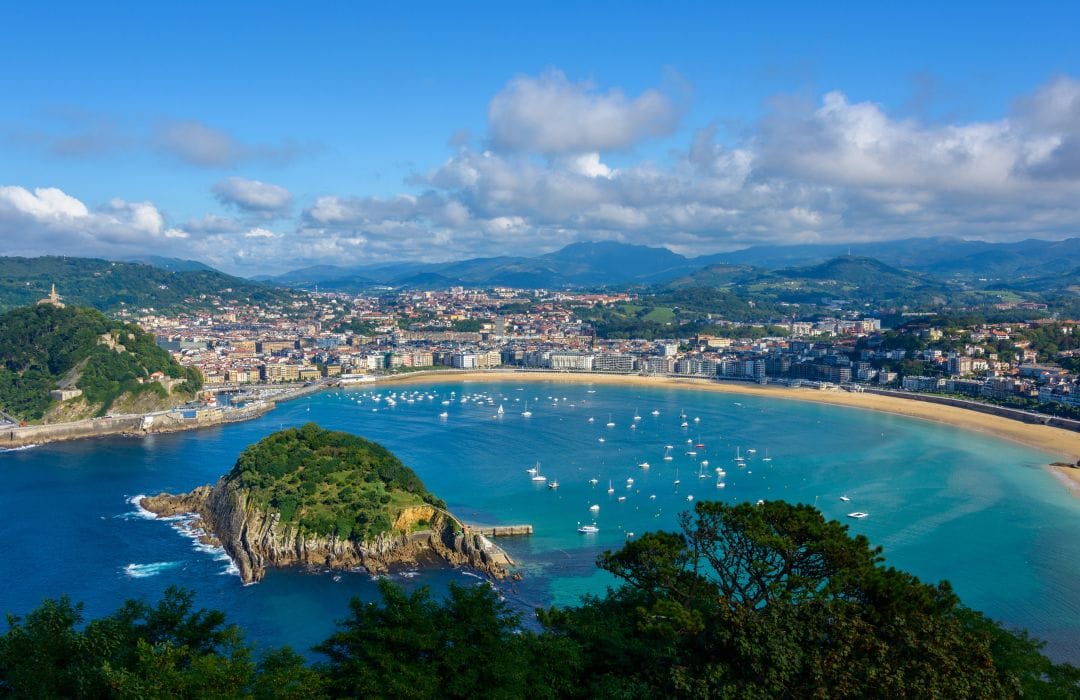
Basque Country
The main towns in the Basque are San Sebastian and Bilbao, the former of which has three beautiful beaches. The most famous is La Concha, which has won Best Beach in Europe several years running. Zurriola, the beach on the east side of the city, is famous for surfing. San Sebastian is renowned for its excellent food, so visit the Old Part for pintxos (a Basque tapa) and beer or txakoli (local wine).
Other places to visit in the Basque Country include Zumaia (famous for its flysch – a unique rock strata running along the coast used as the setting for Dragonstone in Game of Thrones), Zarautz, which is a surfer’s paradise, and Bilbao, home of the Guggenheim museum.
Getting there
By train: Eurostar to Paris, TGV (French high-speed train) to Hendaye on the French/Spanish border, then Euskotren for San Sebastian. To avoid the long train detour from San Sebastian to Bilbao, consider taking the coach: it's more direct and takes roughly 1hr 30 mins.
By ferry: Britanny Ferries go from Portsmouth to Bilbao and from Portsmouth/Plymouth to Santander (in neighbouring Cantabria) two-three times a week. If you get seasick, we recommend Kwells to make the journey more comfortable.
By coach: Eurolines coaches travel from London Victoria Coach Station to Irun (Spanish border town)
Travel time:
Eurostar 2hrs 20 mins, TGV 4hrs 40 mins, Euskotren 30 mins for San Sebastian, + 2 hrs for Bilbao or 1.5 hrs by coach
By Brittany Ferries it's a 24 hour crossing, so overnight ferry is a good option, and Eurolines also takes 24 hours.
Tarragona
A nearby neighbour of Spain’s Catalan treasure, Barcelona, you can avoid adding to the crowds by travelling slightly further down the coast for a less hectic Mediterranean coast experience. Expect Roman architecture and a seaside amphitheatre, restaurants, bars and inviting beaches in this port city.
Getting there
By train: Eurostar to Paris, TGV to Barcelona, Talgo to Tarragona
Travel time: Eurostar 2hrs 20mins, TGV 6hrs 40 mins, Talgo 1 hour.
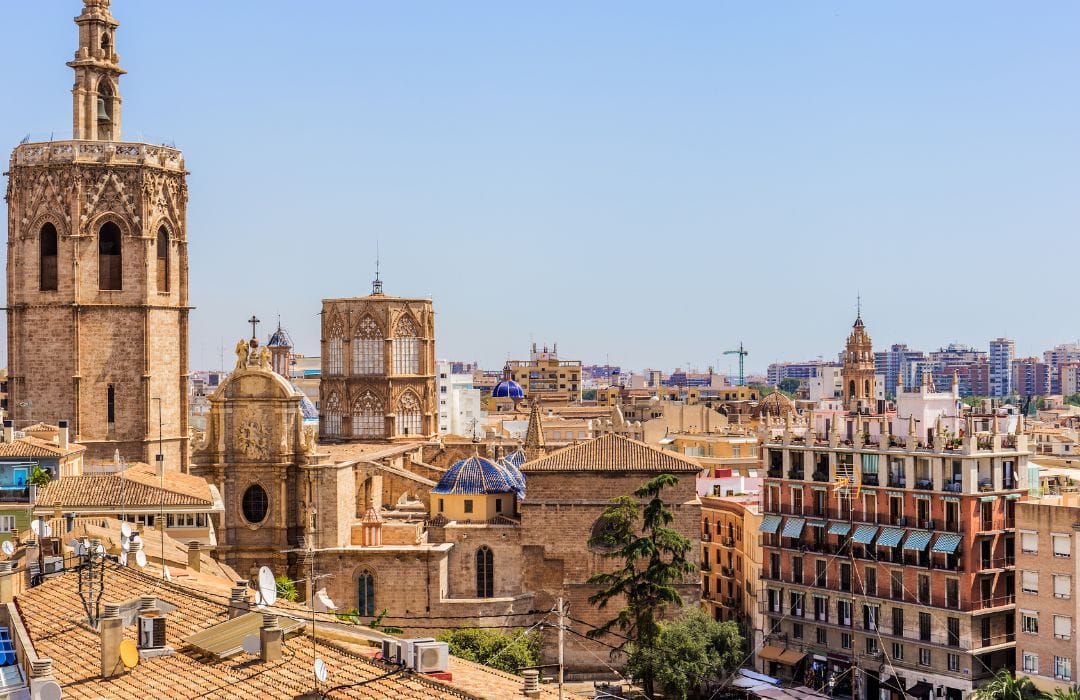
Valencia and Alicante
For those wanting a city break without over crowded streets, Spain’s third largest city offers a very Spanish holiday which is slightly off the beaten track. It’s a scenic train ride down the coast from Barcelona, sandwiched between the mountains and the sea. The Turia Gardens sits in an old riverbed and winds through the middle of the city towards the seafront promenade and beach. The city is famous for paella, the rice for which comes from the rice fields at La Albufera, a nearby freshwater lagoon and nature reserve.
The popular beach resort of Alicante is 1.5 hours away by train, with 11 daily services. Known as being a party town, there is plenty of architecture and culture for those less interested in partying, including the Castillo de Santa Bárbara which sits on a hill overlooking the town.
Getting there
By train: Eurostar to Paris, TGV to Barcelona, EuroMed to Valencia/Alicante
Travel time: Eurostar 2hrs 20mins, TGV 6hrs 40mins, EuroMed 2hr 40mins for Valencia and 4hr 30mins for Alicante. A day and a half travel with an overnight stop in Barcelona or Paris.
Segovia and Toledo
Two towns within easy reach of the ‘pretty-yet-gritty’ Madrid, which is is very well connected, so day trips to places near and far are easy.
Segovia is 20 minutes north of Madrid by train. The speciality here is suckling pig, so a stomach-turner if you’re not into your meat! But beautifully lush and green along the valley below the town.
Toledo is the old hilltop Visigoth capital, full of stunning architecture. If you’ve ever seen The Princess Bride, it’s the city Iñigo Montoya gets his sword from – it was once well-known for its exemplary sword-making.
Madrid itself is known for its museums, restaurants and nightlife. It's easy to navigate the different barrios (neighbourhoods) on foot but shade can be hard to come by, so if you are visiting in summer, two essentials are a (reusable!) water bottle and a fan – the more decorative the better.
Getting there
By train: Eurostar to Paris, TGV to Barcelona, AVE (Spanish high-speed train) to Madrid, Avant train to Toledo/Segovia.
Travel time: Eurostar 2hrs 20mins, TGV 6hrs 60mins, AVE 2hrs 30mins, Avant 30 mins. A day and half travel with an overnight stop in Barcelona.

Andalucia
Andalucia is particularly lovely in the spring, when the orange blossom fills the warm air with its heavy scent, but the temperatures haven't yet soared. You might even catch Festival de los Patios, held in May in Cordoba. There are mountains, coastlines, olive groves, Moorish architecture, and wide, open landscapes, as well as several natural parks.
You can watch flamenco dancing in Seville, visit the Alhambra in Granada, see flamingos in the Donana national park (a UNESCO world heritage site), or try your hand a kite-surfing in Tarifa. The popular tourist resorts of Malaga (Costa del Sol) and Cadiz (Costa de la Luz) are on the world-renowned Andalucian coast.
Getting there
By train: Eurostar to Paris, TGV to Barcelona, AVE for onwards travel to Cordoba, Seville, Cadiz, Malaga and Granada.
Travel time: 6-7 hours from Barcelona.
Other destinations
Canary islands: train to Seville/Huelva, ferry to Canary Islands
Balearic islands: TGV to Barcelona, ferry to Ibiza/Mallorca/Minorca
Gibraltar: TGV to Barcelona, AVE to Antequera-Santa Ana, regional train to Algeciras, bus to Gibraltar.
From the south of Spain you can even go on to Morocco, with a ferry or hovercraft across the Strait of Gibraltar.
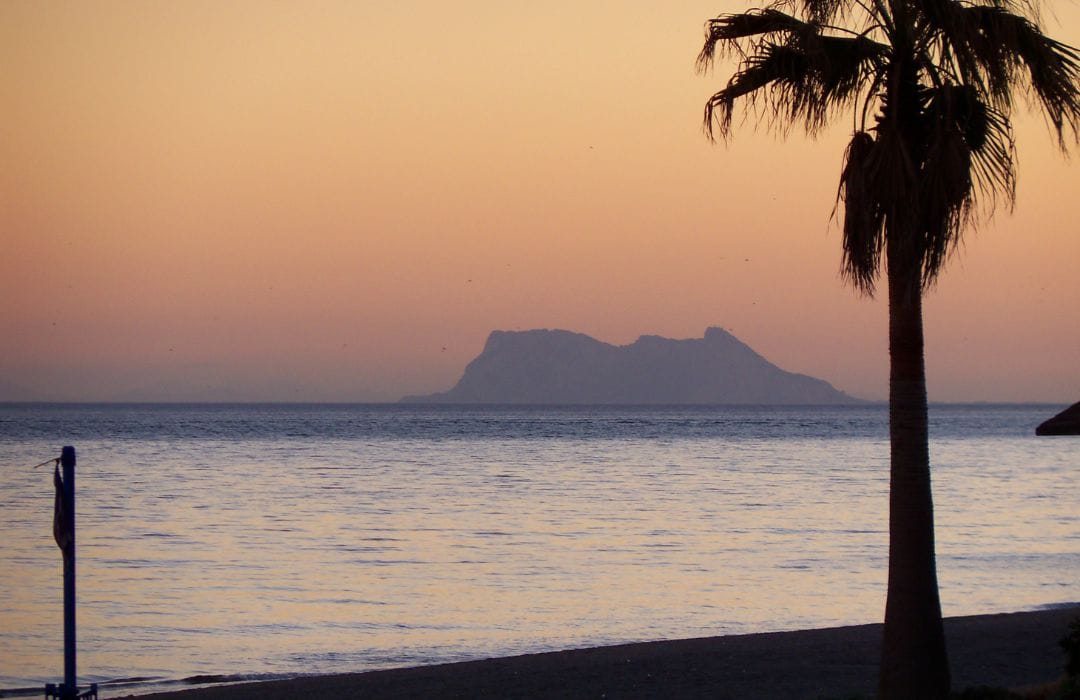
Why travel overland?
Carbon comparison
A return flight from London Stansted to Bilbao generates 160kg CO2 per passenger, as opposed to just 6kg by train (info from loco2.com). For the southern Spanish resorts such as Malaga, it’s 266 kg CO2 by plane and 13kg by train.
Time well spent
It's a much longer journey by train: you're looking at around 10-12 hours for northern Spain, and a day and a half for southern Spain. When compared to a 2 or 3 hour flight, that sounds a lot – though don’t forget, flight times at least double when you add check-in times, baggage claim and airport transfers.
But travelling by train allows the journey to become part of the holiday, and it’s a far more enjoyable experience. It can also be much more pleasant if you are travelling as a family. Security and passport control by train is a much easier process, and the only limit to your luggage is how much you're physically able to carry.
The connections and stop-overs on the way offer an excellent opportunity to explore a different city – so, for example, your beach holiday on the Costa del Sol can be greatly enhanced by a relaxed, scenic journey through France and Spain, and an opportunity to stop off in Paris, Barcelona and Madrid on the way. By the end, you will really have experienced Spain!
Cost comparison
There’s no denying there are some dirt-cheap flights out there. They can be hard to resist, though don't forget the headline price is almost never the actual price once you have added all the extras such as luggage and transfers.
With the train, it is often the Eurostar that makes up the bulk of that cost. It's possible to get a TGV ticket from Paris to the border with Spain for €30 or less. It's also worth looking at a day or two either side of the day you intend to travel, as prices can vary depending on the day of the week, e.g. Thursdays are often cheaper than Fridays.
Booking and further information
The encylopaedic website The Man in Seat 61 gives extensive information on how to travel to all parts of Spain, how to buy tickets, likely cost, and advice for interchanges.
Bookings can be made on RailEurope (formerly Loco2) – this gives train and coach options, and tells you how much carbon you've saved by not flying.


